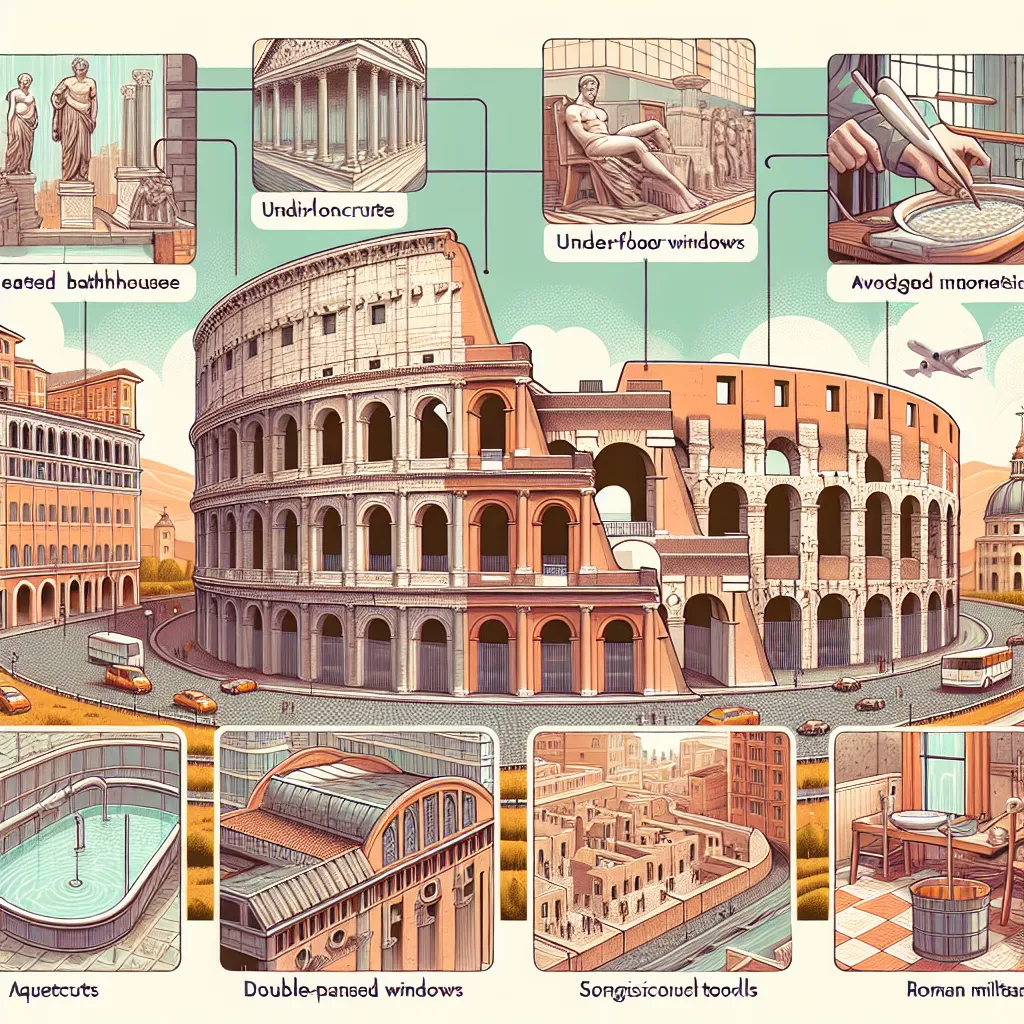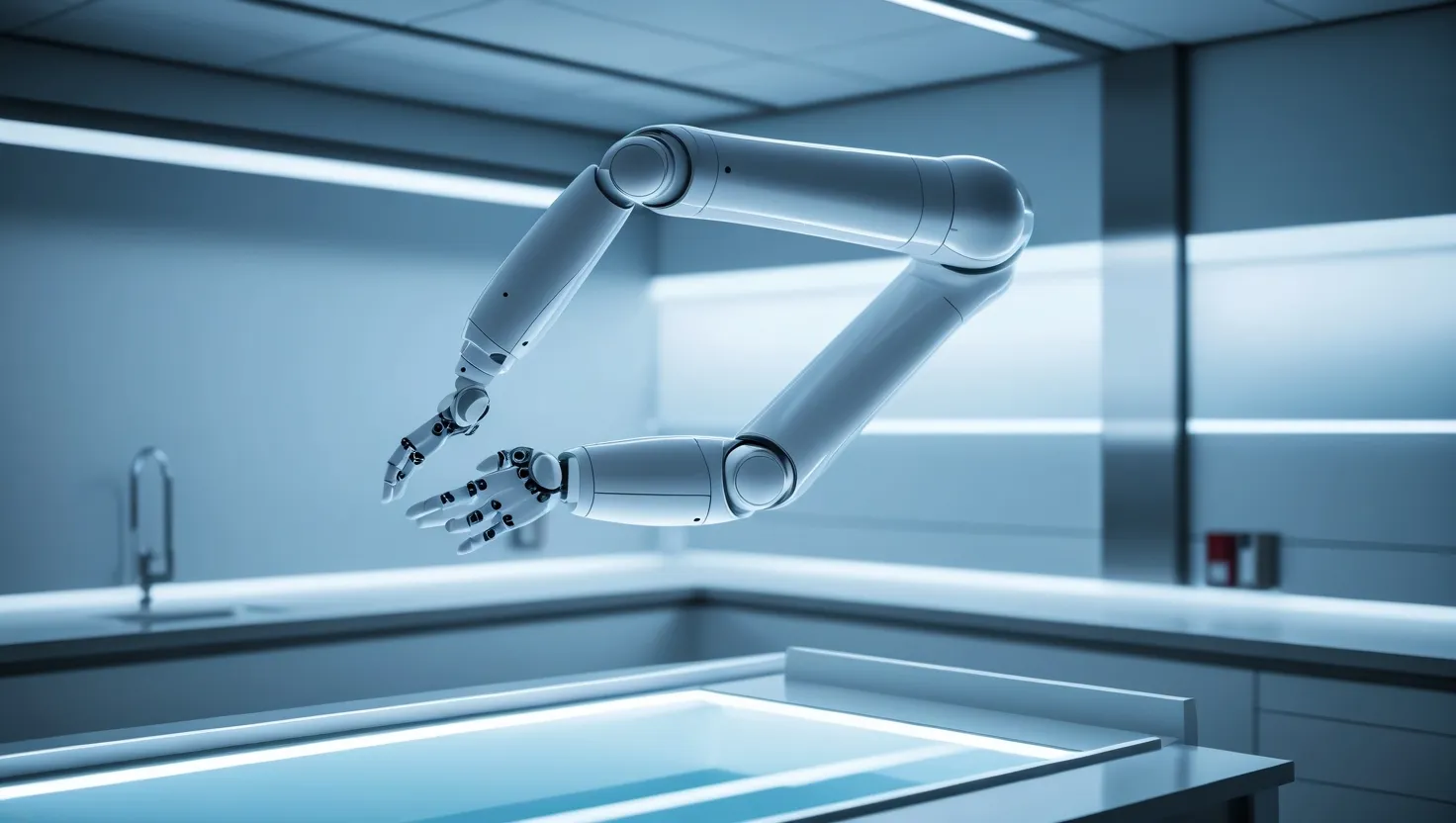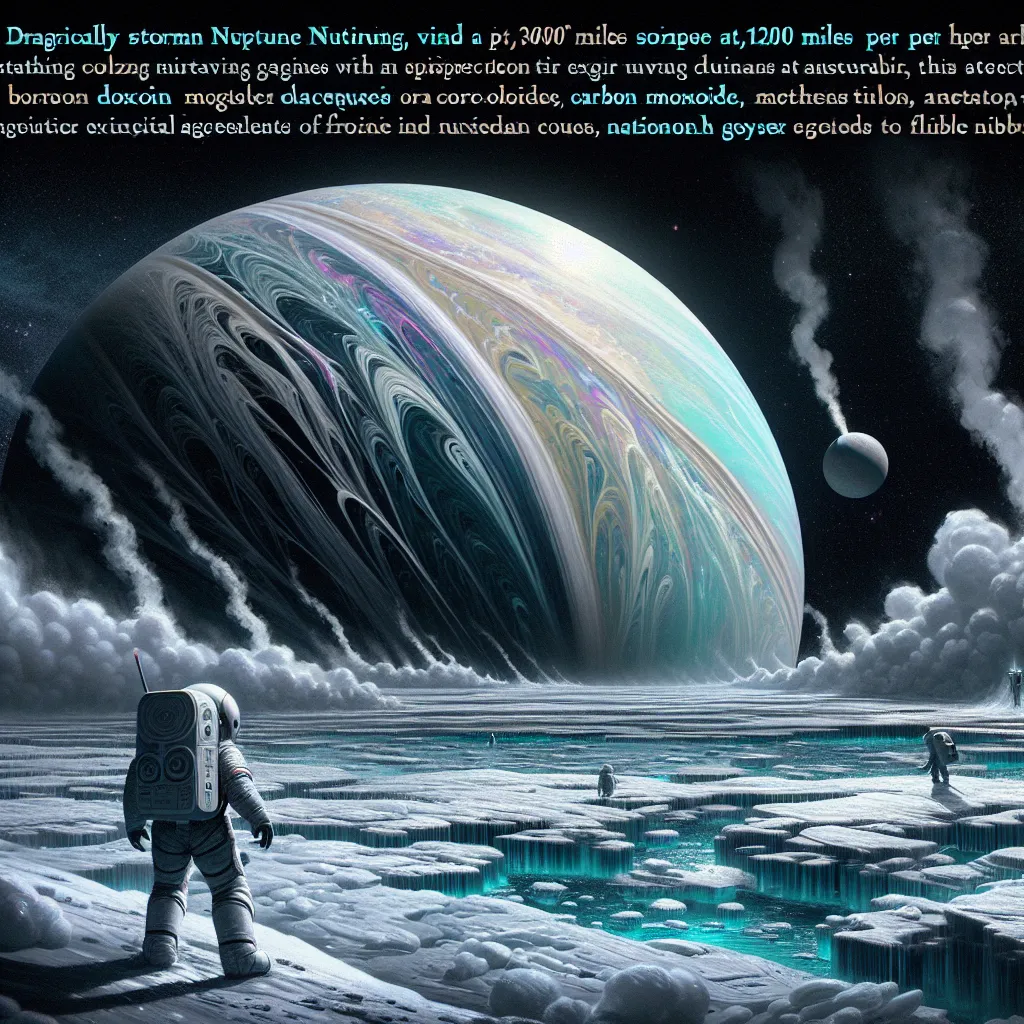Rome, often celebrated as one of history’s greatest civilizations, wasn’t just a powerful empire but a beacon of technological innovation. Their engineering skills laid the foundation for modern architecture, featuring marvels like heated baths, flushing toilets, and even double-paned windows. We still see their influence today, but how much do we truly owe to Roman ingenuity?
In the 21st century, cities like New York are sustained by a wide array of technologies, many of which are surprisingly ancient. Romans pioneered central heating, sophisticated road systems, and high-tech medical facilities. Modernity owes a nod to their solutions for urban problems.
Take the Colosseum, for example—a grand structure holding 50,000 spectators, built in just nine years using advanced concrete. Roman concrete, stronger than anything before it, was made by mixing volcanic ash called pozzolana, giving it the durability to even set underwater. Arches and barrel vaults supported their colossal buildings, a technique that mastered load distribution and provided architectural stability.
The Pantheon, another Roman masterpiece, showcases even more advanced engineering. Its dome, still the largest unreinforced concrete dome in the world, was built with a diminishing weight technique using progressively lighter materials from bottom to top. This brilliant method ensured the dome stood the test of time.
Roman urban living was remarkably modern. Their apartment buildings, constructed with concrete, rose several stories, solving space issues urban planners face today. Moreover, their cities, laid out on grid systems, resembled modern city planning, efficiently organizing streets and amenities.
The Romans even invented window glass and took a step further with double-glazing, a technology common in houses since the 1970s. This innovation was crucial for heat insulation and light. Comfort didn’t stop at homes; their bathhouses, heated by underfloor hypocaust systems, reflect a level of luxury ahead of their time, using lead pipes for plumbing—a term derived from the Latin word for lead, plumbum.
Water supply systems were another area where Roman engineering excelled. Their aqueducts, masterpieces of engineering, transported millions of gallons daily using gravity-fed systems. These aqueducts were crucial for urban survival, providing clean water and supporting public baths and lavatories.
Romans also revolutionized medical practices. They had specialized fields, from pharmacists to physicians, and their surgical tools closely resemble modern ones. They even had basic anesthetics and performed advanced procedures like cataract operations and early forms of plastic surgery.
Their military, the best-equipped of its time, utilized advanced weaponry and tactics. Weapons like the Gladius sword and Pilum spear show their ingenuity in design. Their defensive armors, made from materials like lorica segmentata, were the precursors to modern protective gear. Roman artillery, such as the Scorpion and Onager catapults, were terrifying and effective, illustrating how their military engineering was pivotal in maintaining their expansive empire.
In essence, Rome’s technological advancements set the blueprint for many aspects of contemporary life. From architecture to urban planning, water supply, medical practices, and military engineering, their legacy is interwoven into the fabric of the modern world. Through understanding their ingenuity, we gain insight into the roots of our technological civilization.






